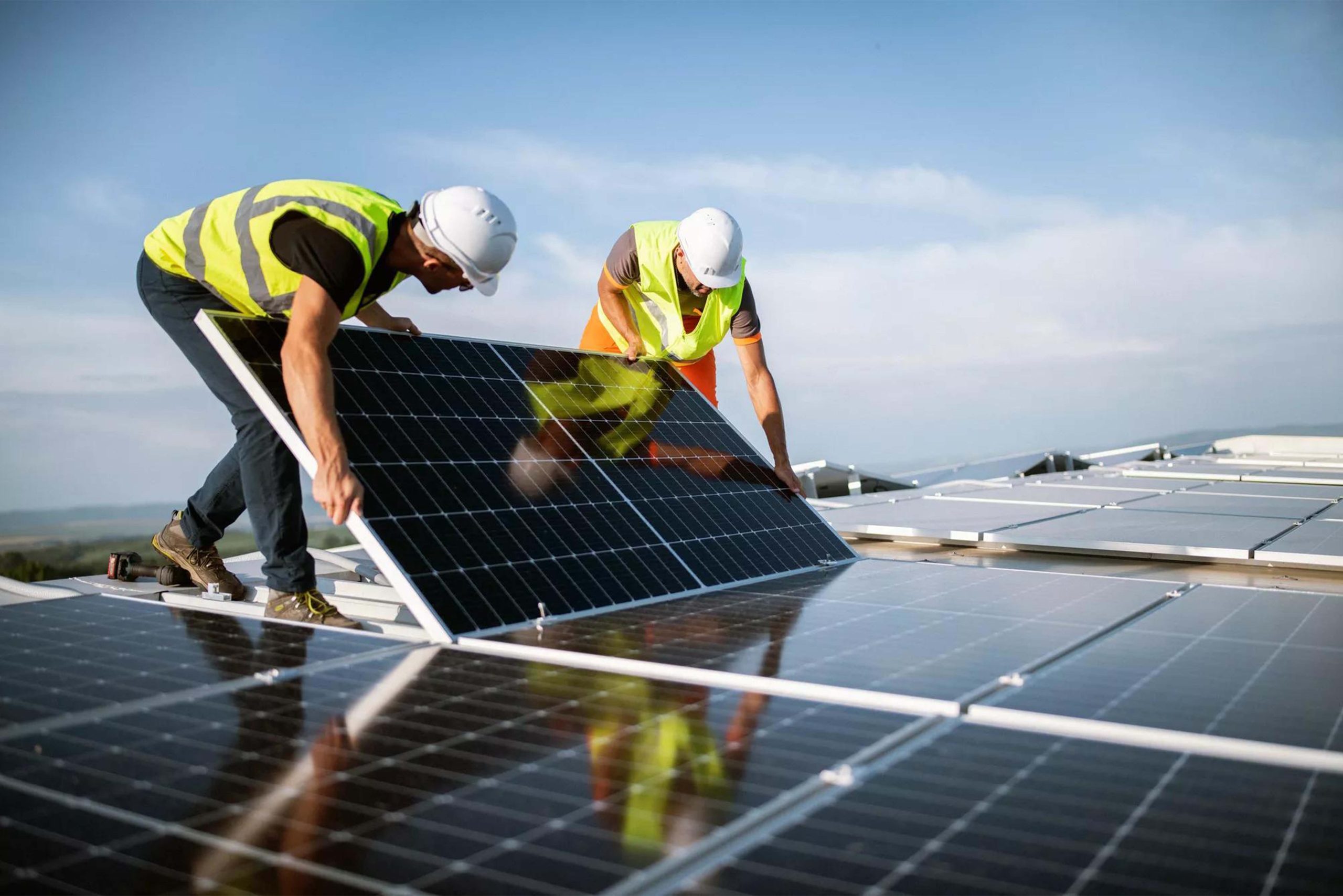Installing solar panels on your home or business is an investment that can pay dividends in energy savings for years to come. However, the process of going solar involves more than just mounting panels on your roof.
This blog will outline the typical steps involved in a residential or small commercial solar panel installation from start to finish.
Evaluating Your Site and Needs
The first step is assessing whether your property is suitable for solar and determining your energy needs. A solar installer will come out to evaluate factors like roof type, shade coverage, electric usage patterns, and more. They will look at your electricity bills to estimate how much power you use so they can size the system appropriately. You’ll also discuss any state or local incentives to help offset installation costs.
After evaluating the site conditions and discussing your energy goals, the installer will provide a proposed system design and cost estimate. This allows you to decide if you want to move forward before spending money on permits or equipment. Once you approve the quote, the real installation work can begin.
Permitting and Equipment Ordering
Permits are required for any permanent solar installation and are obtained by the solar company. The permitting process involves submitting plans and applications to the local building department for review and approval. This process can take 4-6 weeks, depending on the municipality.
While waiting for permits, the solar company will order the necessary equipment based on the approved system design. This includes solar panels, racking/mounting hardware, inverters to convert DC to AC power, and other electrical components. Having all materials on hand ensures a smooth installation once work begins.
Installation Day
When permits are in hand, and components are delivered, the installation crew arrives to do the physical work of installing your solar system. For roof-mounted panels, they will first inspect the roof condition to ensure it can support the additional panel weight.
Rack mounting hardware is installed to provide robust attachments for the solar panels. Wires are run from the panels to combiner boxes, which consolidate the DC power. Then, the DC and AC wiring is connected to inverters, which convert the solar energy to usable household current.
Metering equipment like production meters may also be installed to track your solar generation for incentives or net metering programs. Before finishing up, the crew will inspect all electrical connections and perform tests to confirm everything is functioning properly.
Inspection and Activation
Most areas require a final inspection by the local building department to ensure all work meets electrical and building codes. Once this inspection is passed, the system can then be activated and started generating clean energy.
The solar company will demonstrate the operation of the system and monitoring equipment. They will also provide manuals, warranty info, and contact information should any issues arise. At this point, you can start enjoying the benefits of solar-powered electricity!
System Maintenance and Monitoring
Inverters, racking hardware, and other electrical components usually come with 10-25 year warranties from manufacturers. However, the roof and panels themselves will generally need cleaning 2-4 times per year, depending on location. This helps maximize energy production by keeping panels debris-free.
Remote monitoring systems allow solar companies to keep tabs on system performance from afar. Any issues that crop up can often be diagnosed and addressed remotely before causing an outage. Otherwise, scheduled maintenance visits every few years help ensure optimal operation for the lifecycle of the system.
Conclusion
As you can see, getting solar is more than simply putting panels on your roof. Proper evaluation, permitting, installation, inspection, monitoring, and maintenance all work together to deliver clean, renewable solar power year after year. By understanding the full process up front, homeowners can feel confident in their decision to choose solar energy.



